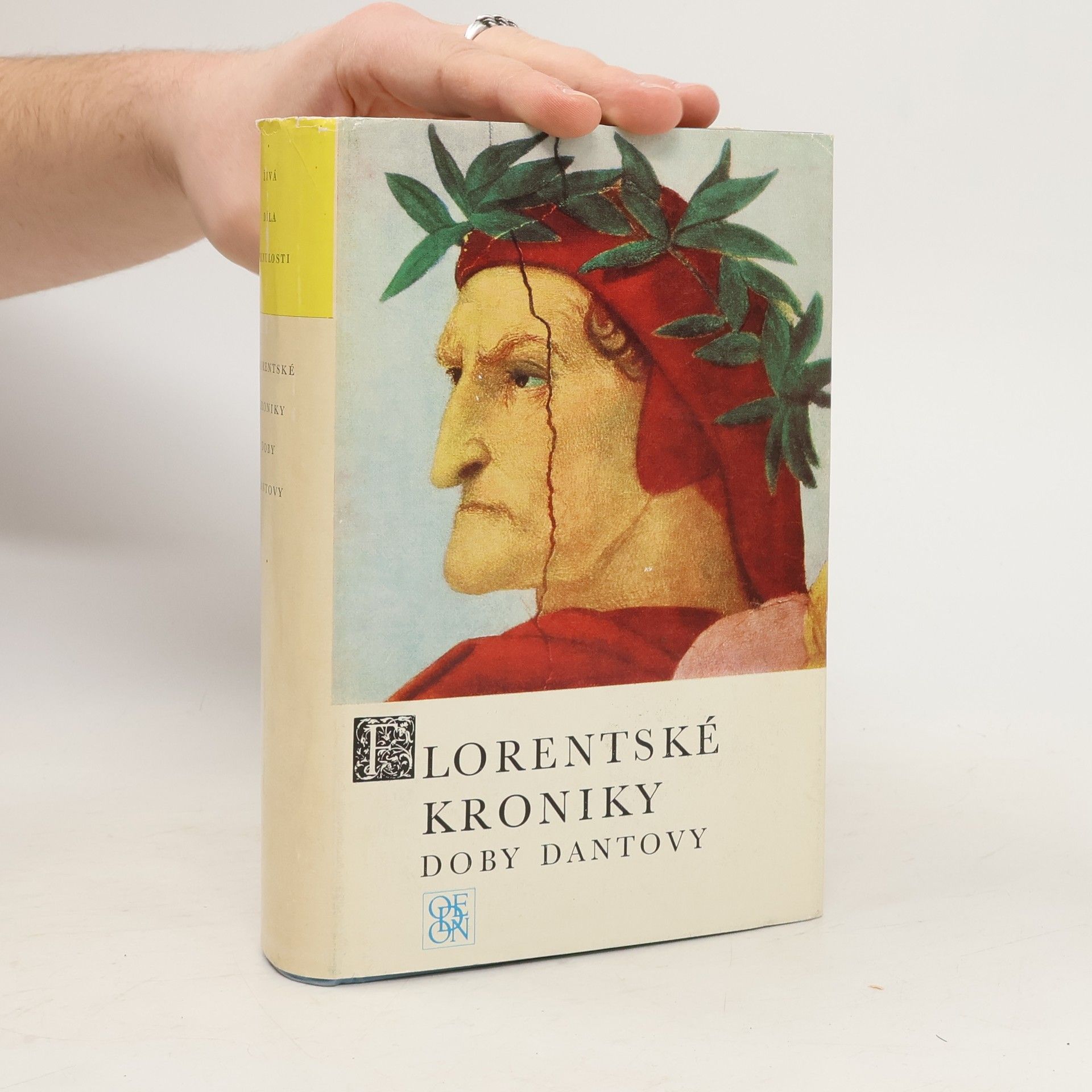Dvě kronikářská díla z konce 13. a začátku 14. století podávají mohutný obraz dramatických osudů města, jež se rozrůstalo v jedno z nejpřednějších renesančních středisek. Compagni je umělečtější a zaujatější, neosobnější Villani jde hlouběji ve svém zachycení vztahů ve florentské společnosti. Compagni sleduje převážně hlavní dějovou linii, vížící se k jeho vlastnímu politickému působení, zatímco široký pohled Villaniho se řídí čistě kronikářsky časovým postupem událostí a je pozorný i k proměnám hospodářské situace města, vyniká však i charakteristikou osob a vystižením hromadných scén florentského života.
Giovanni Villani Libros
Un banquero, diplomático y cronista florentino, autor de la Nuova Cronica, una historia de Florencia que se extiende hasta el año de su muerte en 1348, durante la Peste Negra. Su obra ofrece una visión detallada de la vida y los acontecimientos de Florencia a principios del siglo XIV. La crónica es valorada por su búsqueda de la objetividad y su descripción de la vida urbana de principios del Renacimiento. Sigue siendo un recurso clave para comprender el desarrollo político y social de Florencia en esa época.

